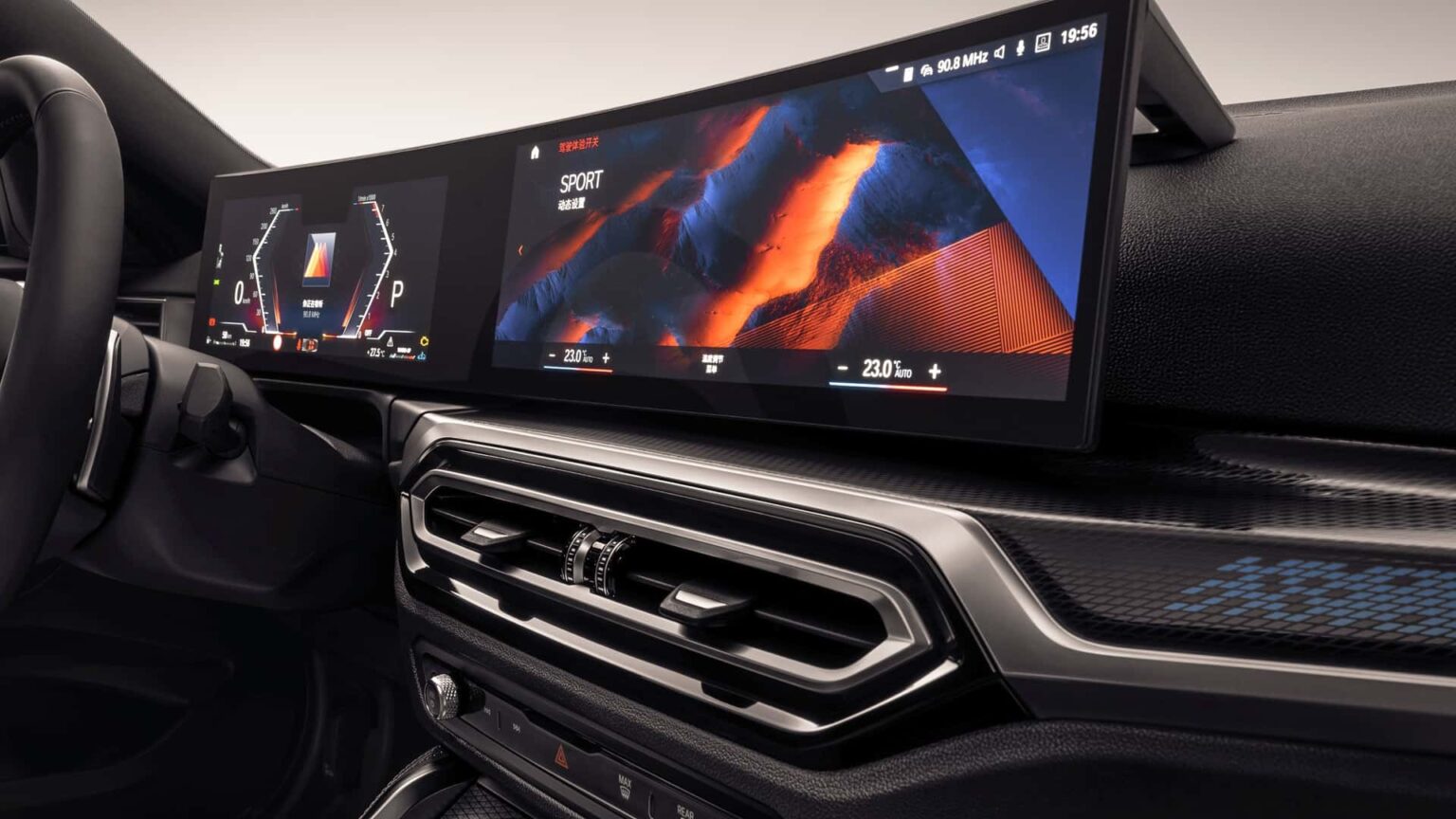Glance inside most modern cars and you’ll notice something is missing—buttons and knobs. Some automakers have embraced screens and decided that digging through menus at 70 miles per hour is worth the saved space. Others have gone further, turning physical controls into touch-capacitive buttons and sliders. But that sort of minimalism won’t control BMW’s future.
In a recent interview, Stephan Durach, BMW’s senior vice president of UI/UX development, told BMW Blog that the automaker used millions of data points to determine how to design its new iX3’s interior. The automaker’s research revealed there were a few buttons and knobs designers could not get rid of, the volume knob being a big one.
Durach told the publication that BMW gathered data from more than 10 million vehicles, in which the company can “see what our customers are doing.” Durach suggested in a previous report that drivers aren’t using Apple Maps in CarPlay as often as you might think, but that the volume knob is still hugely important. He said:
‘Our statistics clearly show that people use this volume knob quite often, even if only to mute — then, it’s just a push. Maybe a mute button would be enough, but we said ‘no, people want to change the volume control as well.’
The company learned that drivers liked using the traditional volume knob despite there being steering wheel controls. Durach also revealed that the window and mirror controls were other buttons BMW believes are too essential to remove. “I don’t think it’s a good idea to remove every button,” he added.
Photo by: BMW
Button Backlash
Real buttons, or the lack thereof, are so controversial that owners are suing. Volkswagen has vowed to bring buttons back, but that didn’t stop two customers from filing a lawsuit against the automaker last month, alleging that the steering wheel’s capacitive touch buttons are too sensitive.
Earlier this year, Ferrari admitted that it had made a mistake in removing physical controls. Hyundai has promised to keep buttons, claiming they are safer for drivers, but a recently launched SUV revealed the automaker isn’t immune to following trends, like Mazda.
The Japanese automaker recently launched the third-generation CX-5 with just a screen on the dashboard and a button-packed steering wheel. According to the automaker, it designed the crossover’s buttonless cabin based on customer feedback.
Aston Martin went so far as to create a group and a “piss-off factor” to determine how frustrated designers and engineers became looking for something in the menus. It’s smart and could help the automaker receive a better safety rating in Europe, too.
Read the full article here



